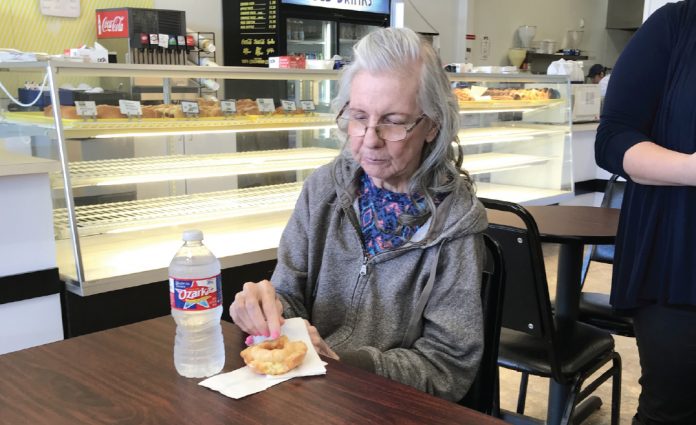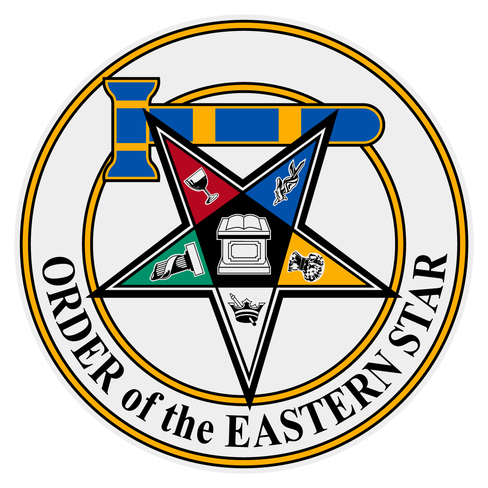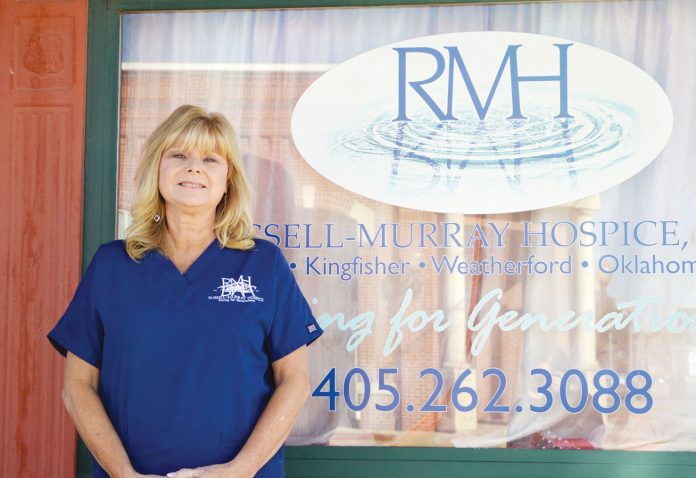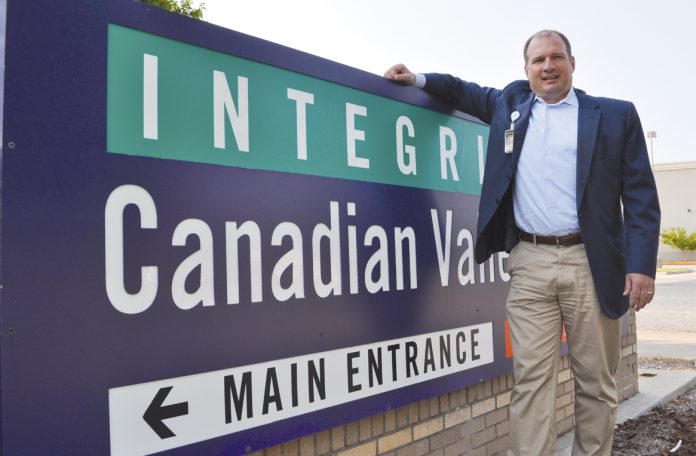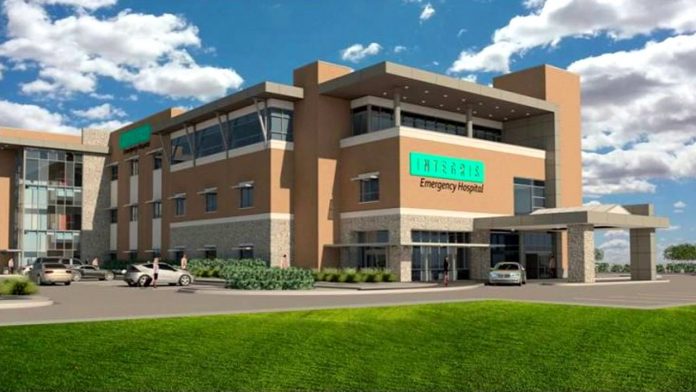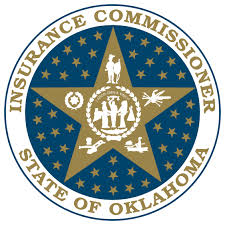By: Jessie Motsinger, Iris Memory Care
As Thanksgiving approaches, we want to pause in gratitude for our seniors and express how much we value their place in our lives. For seniors, especially those individuals coping with Alzheimer’s and dementia, feeling important to the people they love can be vital for health and quality of life. Every moment matters, and the little things can make all the difference. Here are a few ways you can be proactive about showing your loved ones that you see and care about them! (These can be modified depending on your loved one’s mobility and interests.)
Take them out to lunch, or cook their favorite meal. Sharing favorite foods and treats can spark memories, creating opportunities for chats about treasured moments.
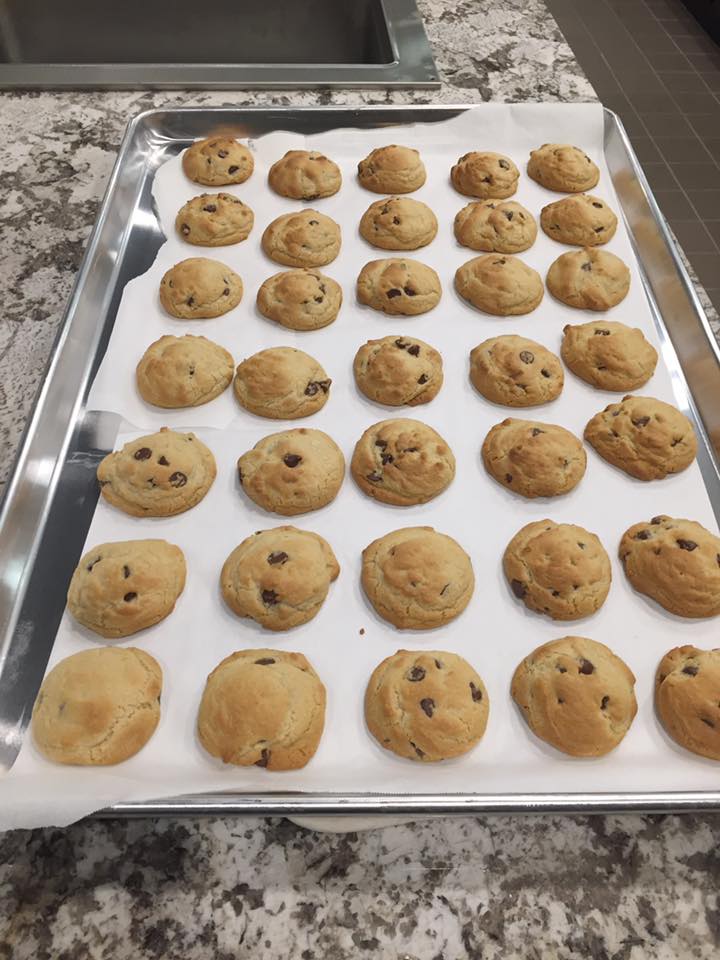
Make a scrapbook with them (or for them), and include letters, photos and other special mementos. This is a wonderful opportunity to research and learn more about your loved one, their friends and family, and their work, hobbies, and accomplishments.

Ask them to tell you a story (and be a patient listener!). One of the best ways to learn about our history is to listen to someone who has lived it. Having a loved one be genuinely interested in you feels so meaningful!
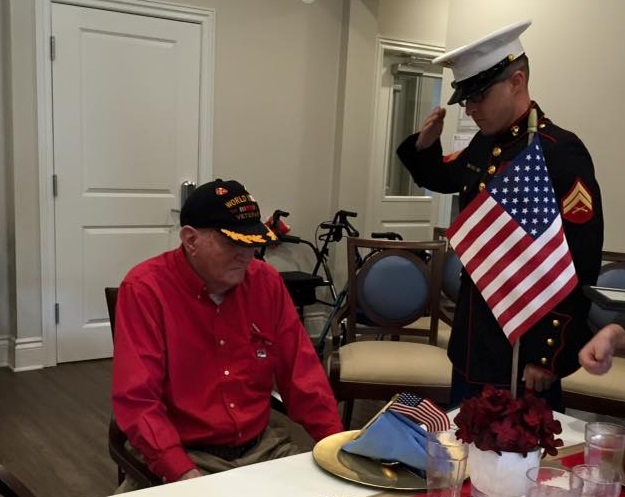
Go on a field trip – visit places that are familiar and have fond memories (childhood home, ice cream shop, an outdoor park, or a favorite store). Familiar sights, sounds, and smells often trigger cherished memories and help even the quietest individual share!
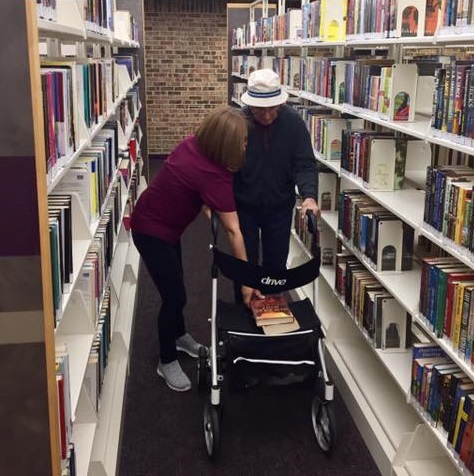
Take a family photo, frame it, and have family members sign the frame. Dusting off those old family memories sitting in a box or photo album shows your loved one that the moment in the photo has meaning to you.
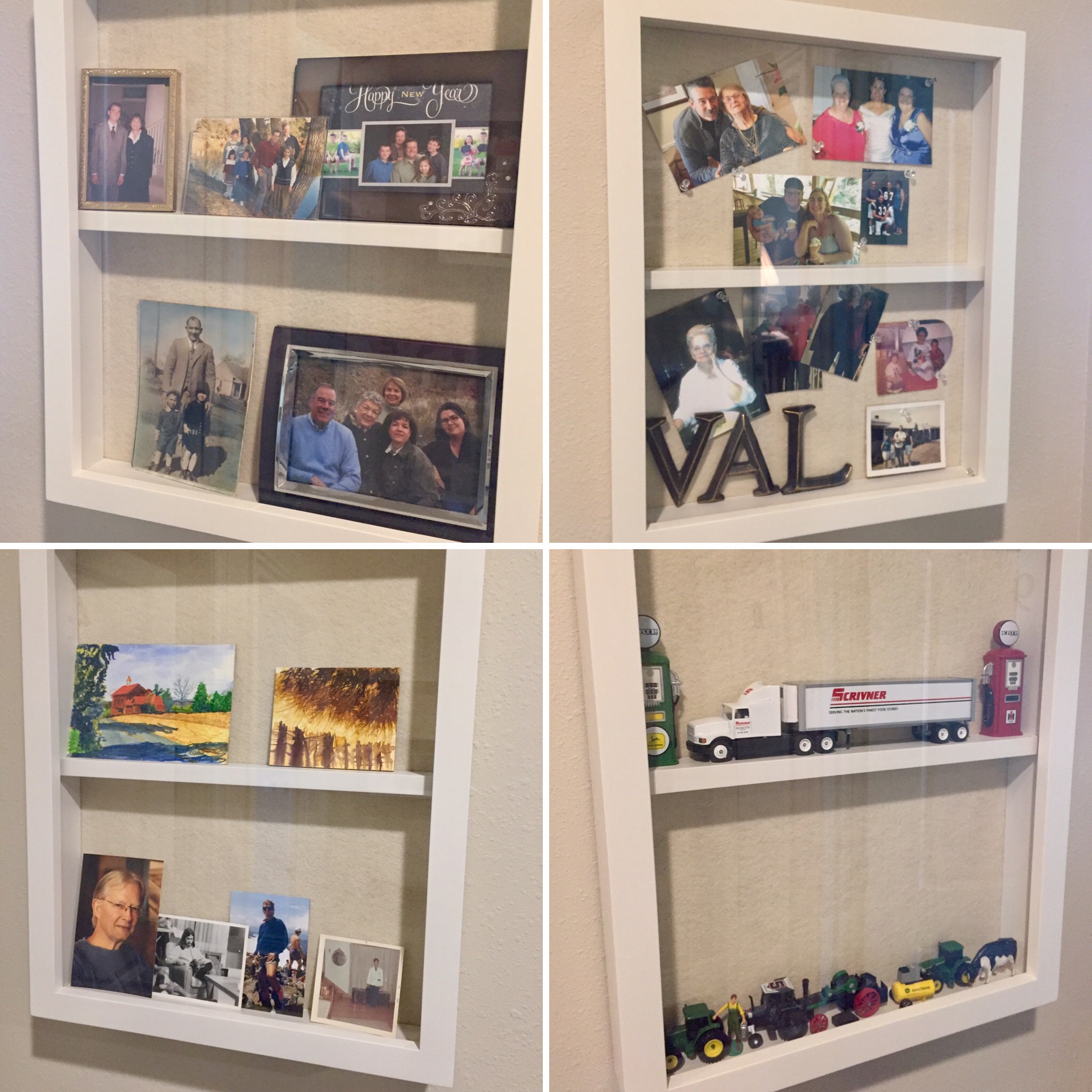
Get crafty and make homemade decorations for their room. Putting forth time and effort on a loved one’s behalf to make their surroundings cheerier has the two-fold benefit of making them feel valued while also bringing a little life to their space!
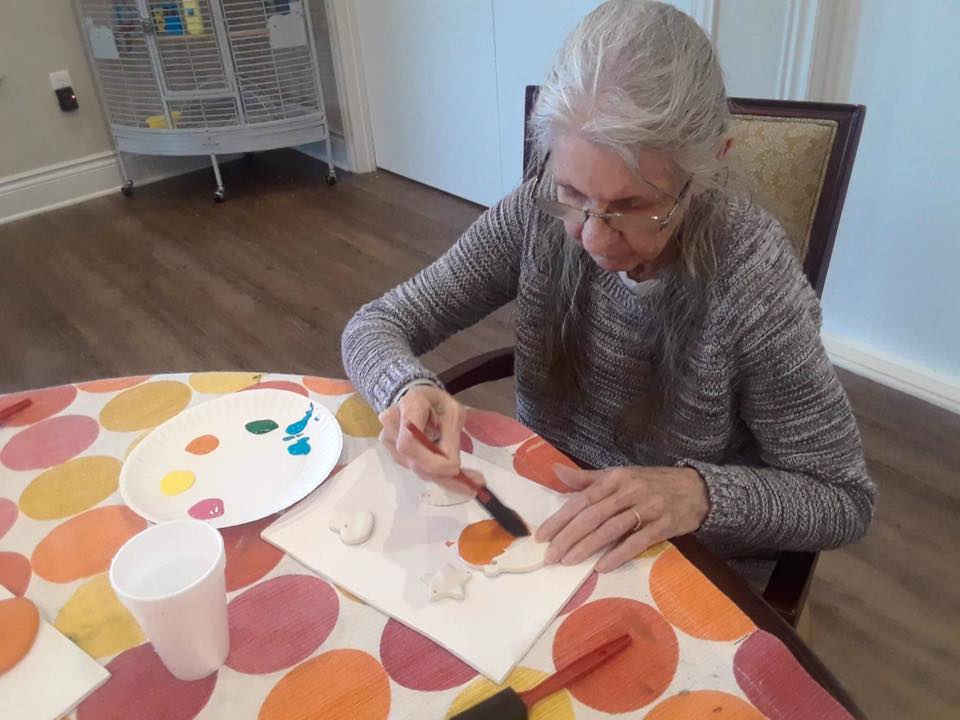
Encourage them to participate in classes or activities at a local senior center or senior living community (and then join them). Staying active and engaged has been shown to increase longevity and quality of life. Let your loved one know about different activities in the community and offer to give them a ride or help arrange transportation. Show interest in what they are up to!

How can you tailor these ideas to meet your loved one’s specific health needs? For an expert opinion, please contact a personalized consultant from Iris Memory Care at (405)-330-2222.
11
7 Ways to Show Appreciation to Your Loved One
By: Jessie Motsinger, Iris Memory Care
As Thanksgiving approaches, we want to pause in gratitude for our seniors and express how much we value their place in our lives. For seniors, especially those individuals coping with Alzheimer’s and dementia, feeling important to the people they love can be vital for health and quality of life. Every moment matters, and the little things can make all the difference. Here are a few ways you can be proactive about showing your loved ones that you see and care about them! (These can be modified depending on your loved one’s mobility and interests.)
Take them out to lunch, or cook their favorite meal. Sharing favorite foods and treats can spark memories, creating opportunities for chats about treasured moments.
The residents at Iris Memory Care love when our home is filled with the smell of fresh cookies or warm bread.
Make a scrapbook with them (or for them), and include letters, photos and other special mementos. This is a wonderful opportunity to research and learn more about your loved one, their friends and family, and their work, hobbies, and accomplishments.
Philip’s favorite part of scrapbooking is preparing the pages for the pictures.
Ask them to tell you a story (and be a patient listener!). One of the best ways to learn about our history is to listen to someone who has lived it. Having a loved one be genuinely interested in you feels so meaningful!
Thanking Harry for his decades of military service. He has some stories!
Go on a field trip – visit places that are familiar and have fond memories (childhood home, ice cream shop, an outdoor park, or a favorite store). Familiar sights, sounds, and smells often trigger cherished memories and help even the quietest individual share!
Philip, an avid reader, loved visiting the library with Sylvia.
Take a family photo, frame it, and have family members sign the frame. Dusting off those old family memories sitting in a box or photo album shows your loved one that the moment in the photo has meaning to you.
At Iris Memory Care, our families make sure their loved ones’ memory boxes by their door are filled with pictures and mementos with wonderful memories.
Get crafty and make homemade decorations for their room. Putting forth time and effort on a loved one’s behalf to make their surroundings cheerier has the two-fold benefit of making them feel valued while also bringing a little life to their space!
Diane painting clay ornaments to decorate her room for fall.
Encourage them to participate in classes or activities at a local senior center or senior living community (and then join them). Staying active and engaged has been shown to increase longevity and quality of life. Let your loved one know about different activities in the community and offer to give them a ride or help arrange transportation. Show interest in what they are up to!
Doris enjoying the sunshine while she draws.
How can you tailor these ideas to meet your loved one’s specific health needs? For an expert opinion, please contact a personalized consultant from Iris Memory Care at (405)-330-2222.
11


